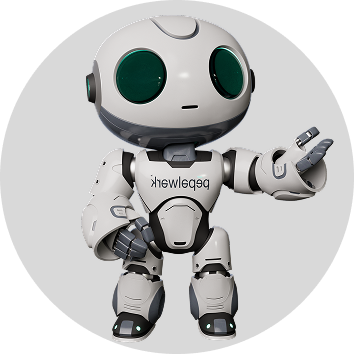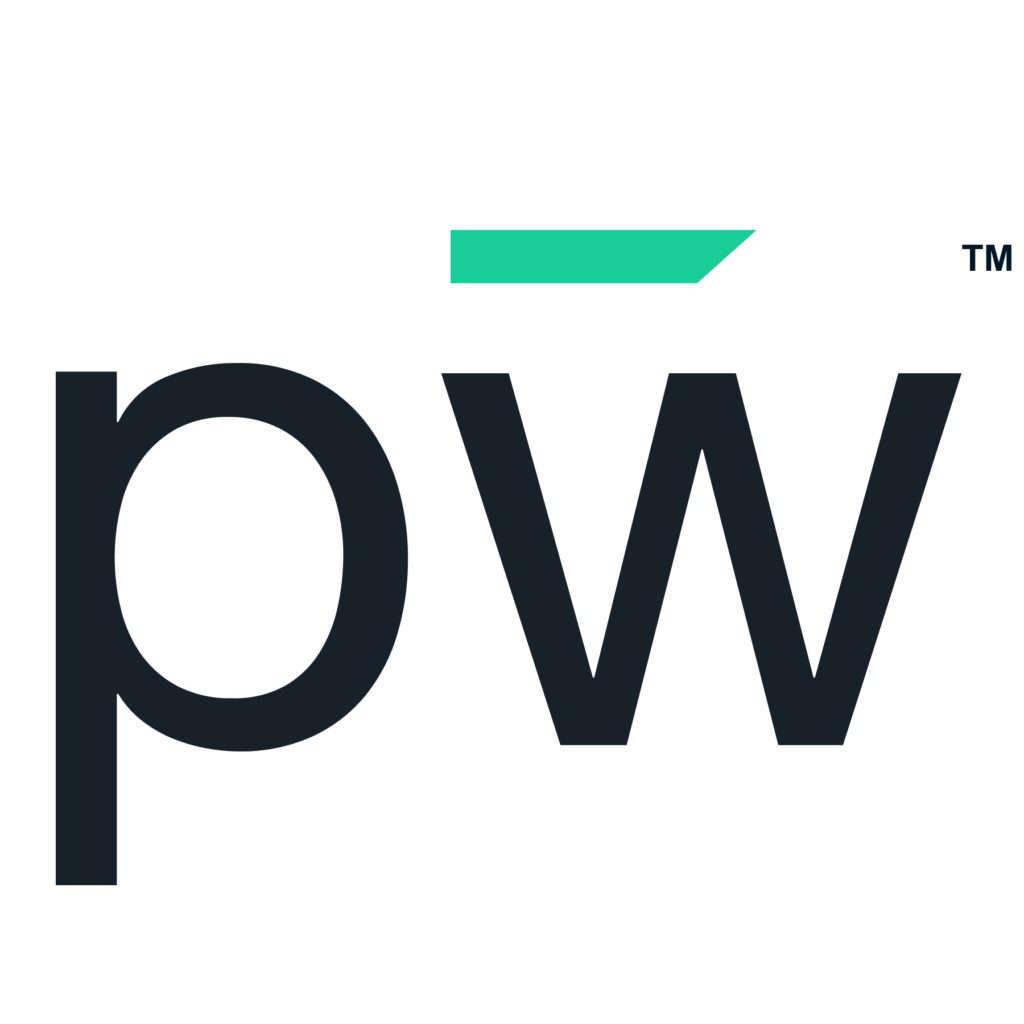Discover how shifts in educational paradigms are reshaping the talent landscape across various sectors and how organizations can stay ahead in the hiring game.
The Ripple Effect of Educational Evolution on Industry Hiring Practices
The evolution of the education system has a significant impact on the hiring practices of industries across the board. As educational paradigms shift, the skills and qualifications required for different jobs also change. This creates a ripple effect throughout the hiring process, as employers need to adapt their recruitment strategies to align with the evolving educational landscape.
One of the key ways in which educational evolution affects industry hiring practices is by influencing the availability of qualified candidates. As new educational trends emerge, the skill sets of job seekers may not always match the requirements of employers. This can lead to a shortage of qualified candidates in certain industries, which in turn affects the hiring process.
Moreover, the changing nature of education also impacts the hiring criteria used by organizations. Traditional qualifications and degrees may no longer be the sole criteria for evaluating candidates. Employers are increasingly looking for practical skills, industry-specific knowledge and adaptability to new technologies and trends. This shift in hiring criteria requires organizations to reassess their recruitment strategies and consider alternative approaches to identify and attract top talent.
In summary, the educational evolution has a profound impact on industry hiring practices. It influences the availability of qualified candidates, changes the hiring criteria used by organizations and necessitates a reevaluation of recruitment strategies. To stay competitive in the hiring game, industries need to stay abreast of educational trends and adapt their approach to talent acquisition.
Key Educational Trends Influencing Skill Availability in the Workforce
Several key educational trends are shaping the availability of skills in the workforce. One such trend is the growing emphasis on experiential and practical learning. Traditional classroom-based education is being complemented or replaced by hands-on learning experiences, internships and apprenticeships. This trend is aimed at equipping students with real-world skills and industry-specific knowledge, making them more attractive to employers. Forbes mentions, "I see the advent of AI in education not only enhancing learning experiences but also creating new, exciting career opportunities. As the sector continues to evolve, roles that blend technology with education are becoming increasingly prevalent."
Another important trend is the integration of technology in education. With the rise of digitalization and automation, industries are increasingly seeking candidates with proficiency in technology and digital skills. As a result, educational institutions are incorporating technology into their curricula, offering courses on coding, data analysis and digital literacy. This helps bridge the gap between educational outputs and industry needs, ensuring a supply of candidates with the relevant skills.
Furthermore, there is a growing recognition of the importance of soft skills in the workforce. Employers are seeking candidates who possess strong communication, teamwork, problem-solving and critical thinking skills. Educational institutions are responding to this demand by incorporating soft skill development programs into their curricula, preparing students for the interpersonal challenges of the workplace.
Overall, these educational trends are influencing the availability of skills in the workforce. By understanding and adapting to these trends, industries can ensure a pipeline of qualified talent that meets their evolving needs.
Bridging the Gap: Aligning Industry Needs with Emerging Educational Outputs like pepelwerk
As the education system evolves, it is crucial for industries to bridge the gap between their needs and the emerging educational outputs. This is where platforms like pepelwerk can play a significant role. pepelwerk connects job seekers with employers, focusing on skills-based hiring and matching candidates with the right opportunities.
By aligning industry needs with emerging educational outputs, pepelwerk helps bridge the gap between the skills job seekers possess and the skills employers require. The platform provides a space for employers to define their specific skill requirements and find candidates who meet those criteria. At the same time, job seekers can showcase their skills and find employment opportunities that align with their educational background and career goals. Additionally, through its AI Career Assistant, pepelwerk further enhances this process by offering personalized career guidance, tailored job recommendations, and insights on skill development. This feature optimizes the job search experience, ensuring that candidates are matched with roles that align not just with their current abilities but also with their future aspirations, enhancing their overall career trajectory.
pepelwerk also promotes lifelong learning by providing access to online courses and resources that help job seekers upskill or reskill in response to industry demands. This ensures that candidates stay competitive in the ever-evolving job market and meet the changing needs of employers.
In summary, platforms like pepelwerk are instrumental in aligning industry needs with emerging educational outputs. They facilitate skills-based hiring, connect job seekers with suitable opportunities, and promote lifelong learning to bridge the gap between education and employment.
Strategic Partnerships and Tools for Navigating Hiring in an Evolving Educational Context
In an evolving educational context, strategic partnerships and tools can help organizations navigate the hiring process more effectively. Collaborating with educational institutions, industry associations and other stakeholders can provide valuable insights into emerging trends, potential talent pools and innovative approaches to recruitment.
Strategic partnerships can also facilitate internships, apprenticeships and other work-integrated learning opportunities, allowing organizations to assess potential candidates firsthand. By actively engaging with the education system, industries can shape the curriculum, influence the development of industry-relevant skills and establish a talent pipeline that meets their specific needs.
Additionally, organizations can leverage technology and data-driven tools to streamline their hiring processes. Applicant tracking systems, online skills assessments and AI-powered recruitment platforms can help identify and evaluate candidates more efficiently. These tools enable organizations to match candidates with the required skills and qualifications, saving time and resources in the hiring process.
In conclusion, strategic partnerships and tools are essential for organizations to navigate hiring in an evolving educational context. By collaborating with educational institutions and utilizing technology-driven solutions, industries can adapt to the changing talent landscape and secure top talent for their organizations.










